 Building a wireless communications infrastructure on the Moon will face challenges not found on Earth, but the end result could be superior communications.
Building a wireless communications infrastructure on the Moon will face challenges not found on Earth, but the end result could be superior communications.
In addition to power and shelter, a lunar base station will need a way to communicate with Earth, with astronauts outside the habitat, and with lunar rovers. Anticipating that need, NASA has awarded Nokia Bell Labs and 13 other companies, including SpaceX and Lockheed-Martin, five-year contracts totaling more than $370 million to demonstrate key infrastructure technologies on the lunar surface, reports IEEE Spectrum.
The antennas and base stations will need to be ruggedized for the harsh, radiation-intensive environment, plus a lunar day-light cycle in which temperatures swing more than 250ºC between light and shadow. Because every piece of hardware in the network must be transported from Earth, equipment needs to be hardened for stresses such as vibration, shock and acceleration from launch and landing.
Designers also want to avoid polluting the lunar surface with radio signals that might interfere with radio astronomy. Radio Frequency Interference (RFI) “can be mitigated at the source with appropriate shielding and precision in the emission of signals,” writes Emma Alexander, a physicist writing for The Conversation. “Astronomers are constantly developing strategies to cut RFI from their data. But this increasingly relies on the goodwill of private companies.”
The good news is that the lack of an atmosphere and absence of terrestrial obstructions such as trees and buildings likely will mean better signal propagation.

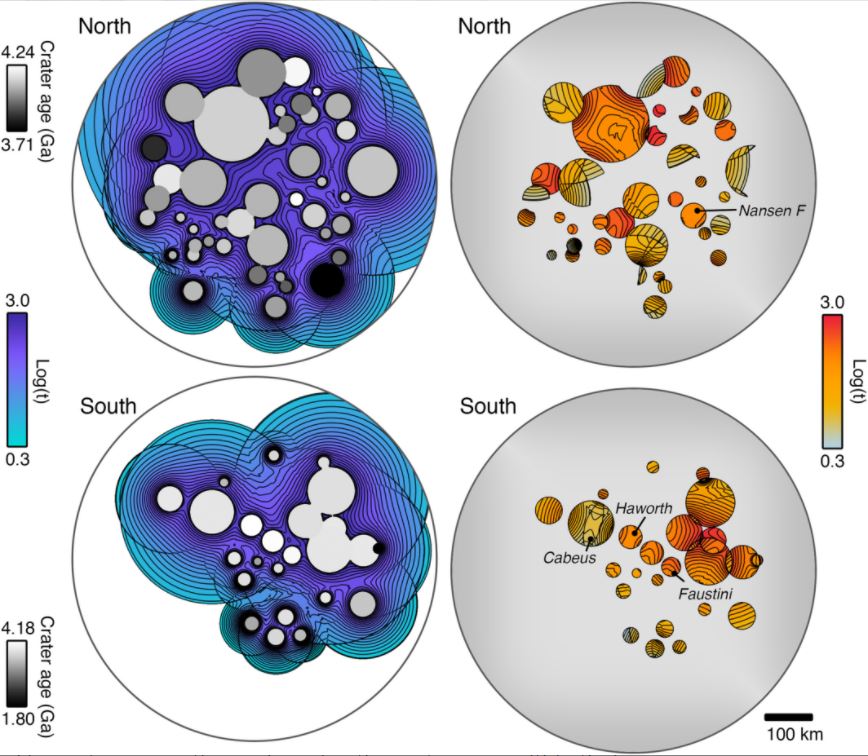

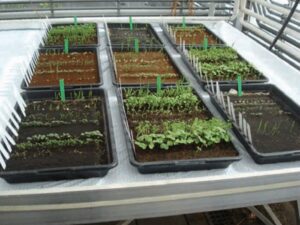
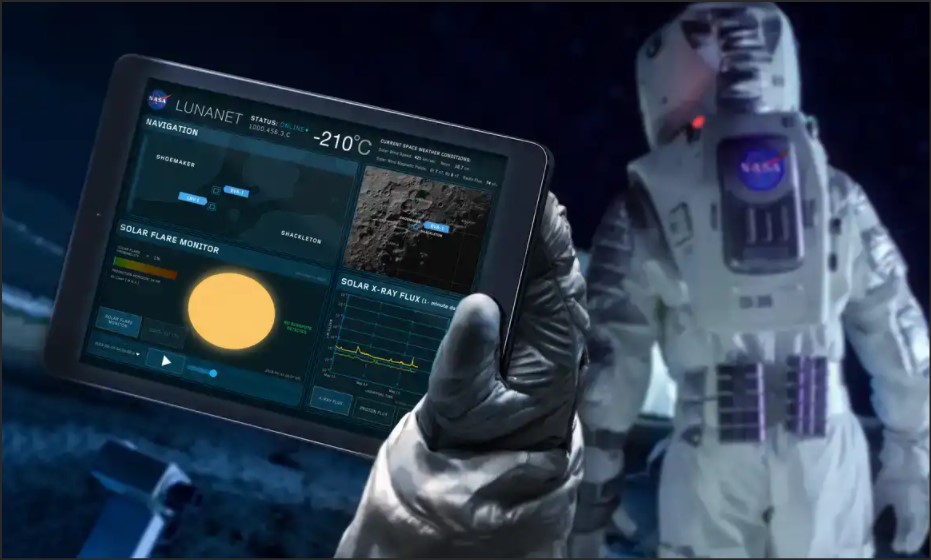
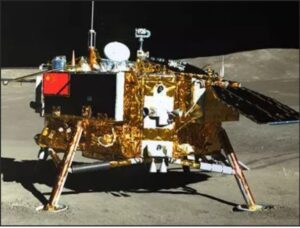 After the success of its Chang’e 4 lander on the far side of the Moon, China has laid out an ambitious roadmap for continued lunar exploration. Chang’e 6 is scheduled to head to the Moon in 2023 or 2024, and Chang’e 7 in 2024 with the aim of landing at the south pole.
After the success of its Chang’e 4 lander on the far side of the Moon, China has laid out an ambitious roadmap for continued lunar exploration. Chang’e 6 is scheduled to head to the Moon in 2023 or 2024, and Chang’e 7 in 2024 with the aim of landing at the south pole.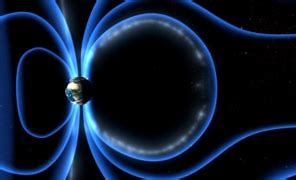
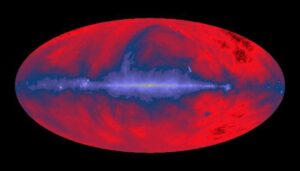
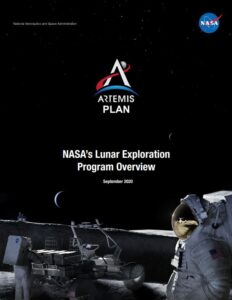 NASA has released its five-year, $28 billion budgetary plan to return four astronauts to the surface of the Moon by 2024 — for the first time in more than 50 years. The aggressive timeline hinges on Congress approving $3.2 billion to kick-start development of new lunar landers.
NASA has released its five-year, $28 billion budgetary plan to return four astronauts to the surface of the Moon by 2024 — for the first time in more than 50 years. The aggressive timeline hinges on Congress approving $3.2 billion to kick-start development of new lunar landers.